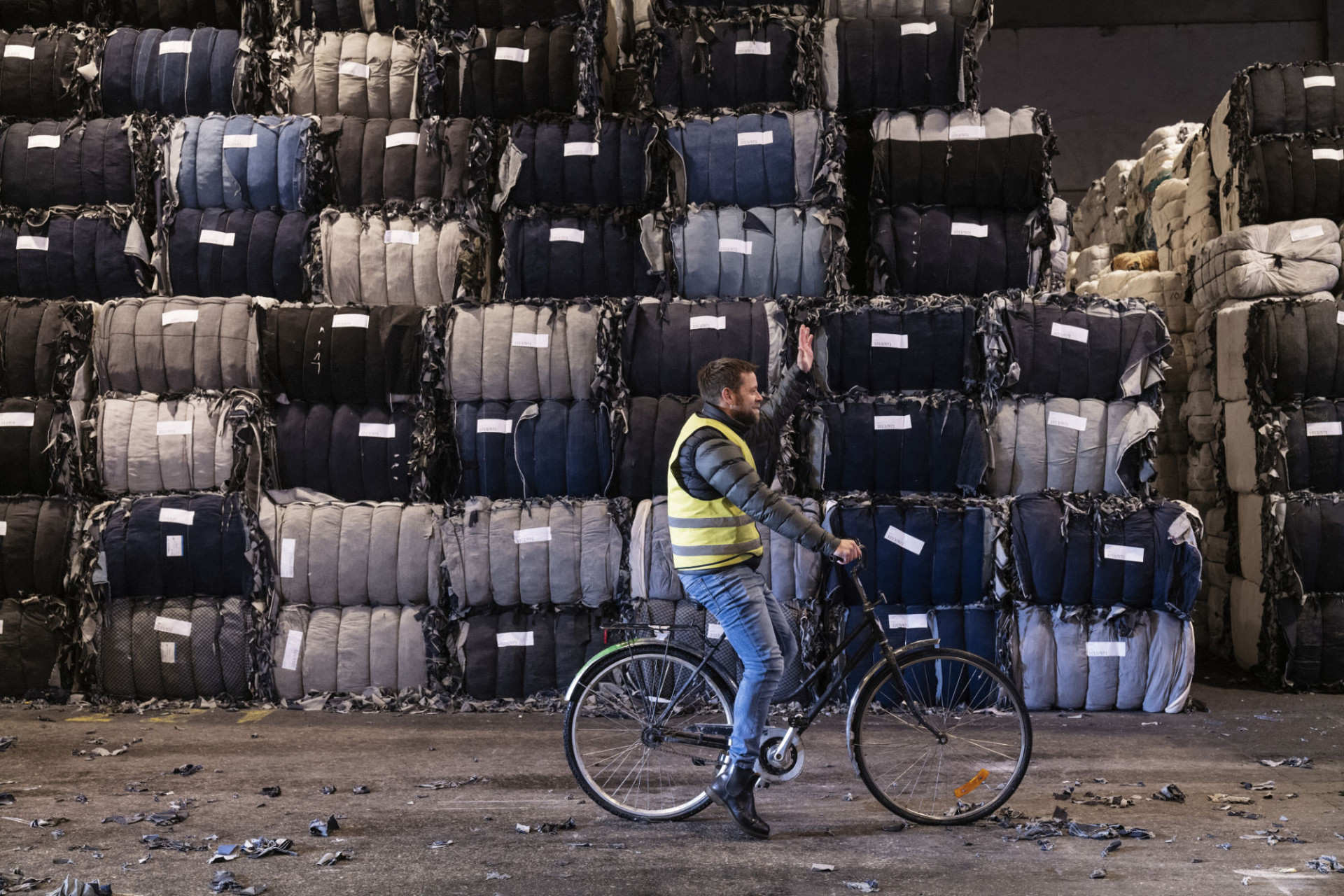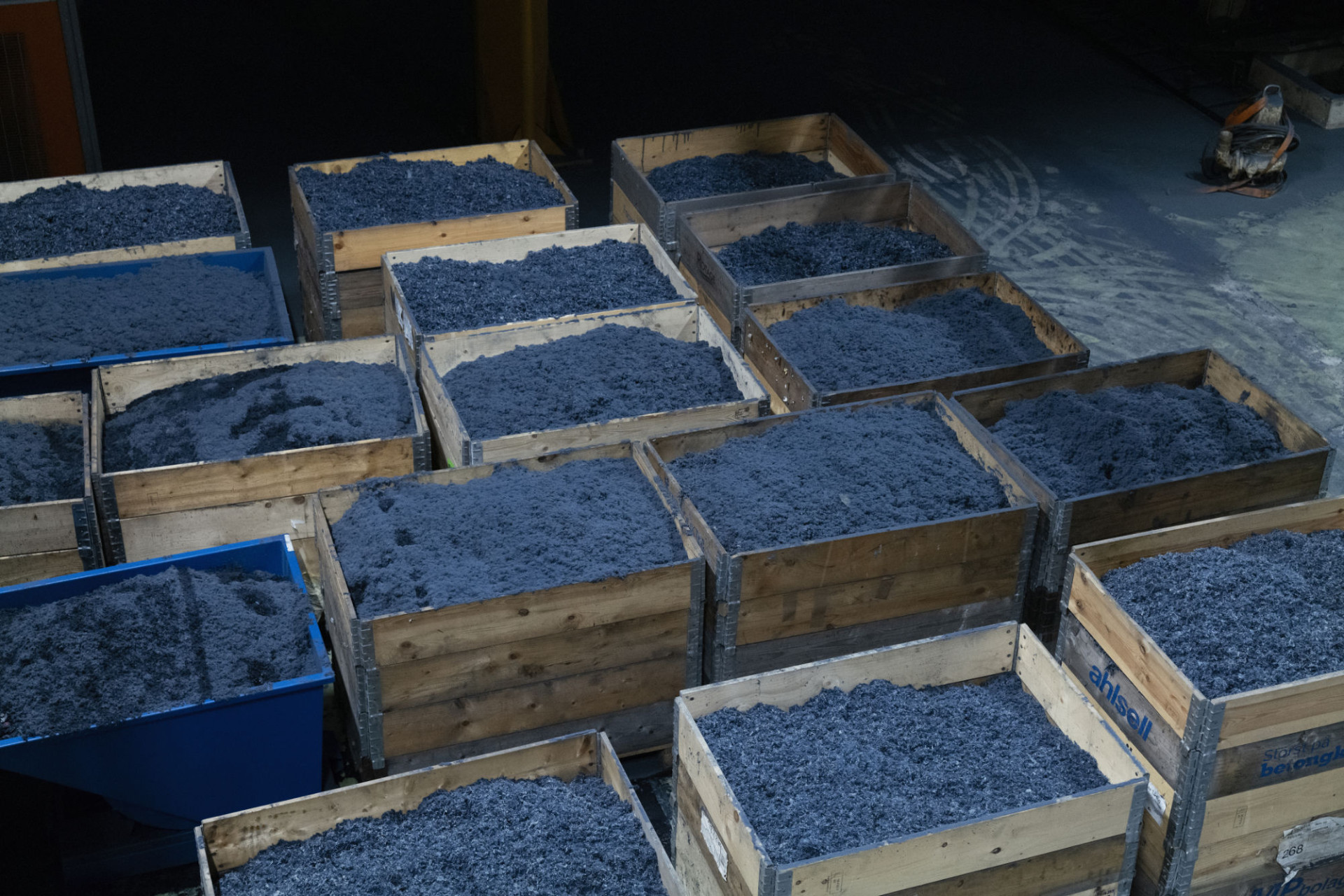This article was originally published in The Interline’s first Sustainability Report. To read other opinion pieces, exclusive editorials, and detailed profiles and interviews with key vendors, download the full Sustainability Report 2023 completely free of charge and ungated.
Key Takeaways:
- Achieving genuine transformation in fashion requires a comprehensive shift – one that goes beyond creating eco-responsible products and priorities the industrialisation of sustainability and circularity across the value chain.
- Brands and suppliers play a crucial role in securing commitments for sustainable materials and supporting the R&D required for innovation to take hold. Only quantifiable industry demand will attract the investment required for the necessary level of scale and adoption.
- The journey towards a sustainable fashion industry is incremental – embracing imperfection, encouraging experimentation, innovation, and demanding patience from all stakeholders involved.
At Renewcell, a pioneering company at the forefront of textile-to-textile recycling, we are constantly deliberating how to affect system change in the fashion industry.
With the world’s growing awareness of environmental issues and the urgent need to address them, industrializing circularity has become more than just a buzzword; it’s a necessity. However, many barriers persist. To change the systems at the heart of fashion and scale circularity we must strive for progress and not perfection – at least not at the onset.
Sustainability Beyond The Surface
The fashion industry is no stranger to the allure of aesthetics and glamour, but the allure of sustainability has been growing steadily. To achieve genuine transformation in the industry, we must recognize that sustainability goes beyond merely creating eco-responsible products. It encompasses a comprehensive shift in the entire fashion ecosystem, from production processes to consumer behavior.

At Renewcell, we are committed to producing innovative materials that redefine the boundaries of sustainability. We recognize that true system change involves moving beyond capsule collections and adopting a holistic approach that encompasses every aspect of a company’s operations. But for this vision to succeed, we need partners and stakeholders who share our commitment to sustainable circularity.
The Need For Commitment
One of the critical challenges for innovative companies producing next-gen or recycled materials is securing commitments from brands and suppliers. It is not enough to develop groundbreaking materials; we must also demonstrate to the investment community that there is a genuine demand for these products.
This is where brands and suppliers play a pivotal role. By committing to off-takes of sustainable materials, they send a clear message to investors that there is a market for these products. Such commitments pave the way for future orders, which are essential for the continued growth and development of sustainable materials.
Offsetting Costs Through Reduction
One common criticism of sustainable and circular materials is their higher price compared to traditional alternatives. While it is true that these materials can be more expensive to produce, we must shift our perspective. Instead of fixating on the higher costs, we should consider how reduced production of traditional, environmentally damaging products can offset these expenses.

The true cost of conventional fashion extends far beyond the price tag. It includes the environmental toll, human rights abuses, and the strain on natural resources. When we take these factors into account, the seemingly higher cost of sustainable materials becomes an investment in a better future for both the planet and its inhabitants.
The Imperfect Path To System Change
The journey towards a more sustainable fashion industry is far from perfect. It’s essential to understand that system change doesn’t happen overnight, nor does it occur through the efforts of a handful of forward-thinking leaders. True transformation only takes place when a multitude of imperfect participants make incremental changes.
In this context, it’s crucial to embrace imperfection. New materials and solutions need time to develop and gain acceptance. Comparing these emerging solutions to well-established, traditional alternatives is like comparing apples to avocados. Instead of expecting perfection from the outset, we should encourage experimentation, innovation, and patience.

Scaling Up Circular Practices
Circularity is a central concept in the quest for a sustainable fashion industry. It represents a departure from the linear “take-make-dispose” model that has dominated the industry for decades. However, scaling up circular practices is not without its challenges.
To industrialize circularity, we must invest in technology and infrastructure that supports recycling, remanufacturing, and reuse. We need to incentivize brands and consumers to choose products that are designed for longevity and easy recycling. Furthermore, collaboration across the industry is essential to create a closed-loop system that minimizes waste and maximizes resource efficiency.
The Role Of Regulation
Regulation can be a powerful catalyst for system change. Governments and regulatory bodies can play a crucial role in setting standards for sustainability, enforcing responsible practices, and incentivizing businesses to adopt circular models.
For instance, imposing taxes on non-sustainable products or offering incentives for sustainable practices can motivate businesses to make the necessary changes. Regulations can level the playing field and ensure that sustainable practices are not only an option but a requirement.

Conclusion
The industrialization of sustainability in the fashion industry is a complex and multifaceted endeavor. It requires commitment, collaboration, innovation, and patience from all stakeholders, including brands, suppliers, consumers, and regulators. We must recognize that the journey toward a more sustainable fashion industry is imperfect, and the path is riddled with challenges.
However, the urgency of addressing environmental and social issues in the fashion industry cannot be overstated. The consequences of inaction are dire, and the time for change is now. By embracing sustainability as a holistic concept, committing to sustainable materials, offsetting costs through reduced production of traditional products, and understanding that system change is an incremental process, we can forge a path toward a brighter and more sustainable future for the fashion industry and the planet as a whole.
At Renewcell, we are proud to be part of this transformative journey, and we invite others to join us in reshaping the fashion industry for the better. The launch of our CIRCULOSE® Supplier Network, which counts more than 60 yarn spinners and textile mills across 16 countries who are committed to continuously innovating and supplying materials made with CIRCULOSE®, demonstrates how collective efforts to industrialize sustainability can help to create a more sustainable and circular fashion ecosystem for generations to come.
